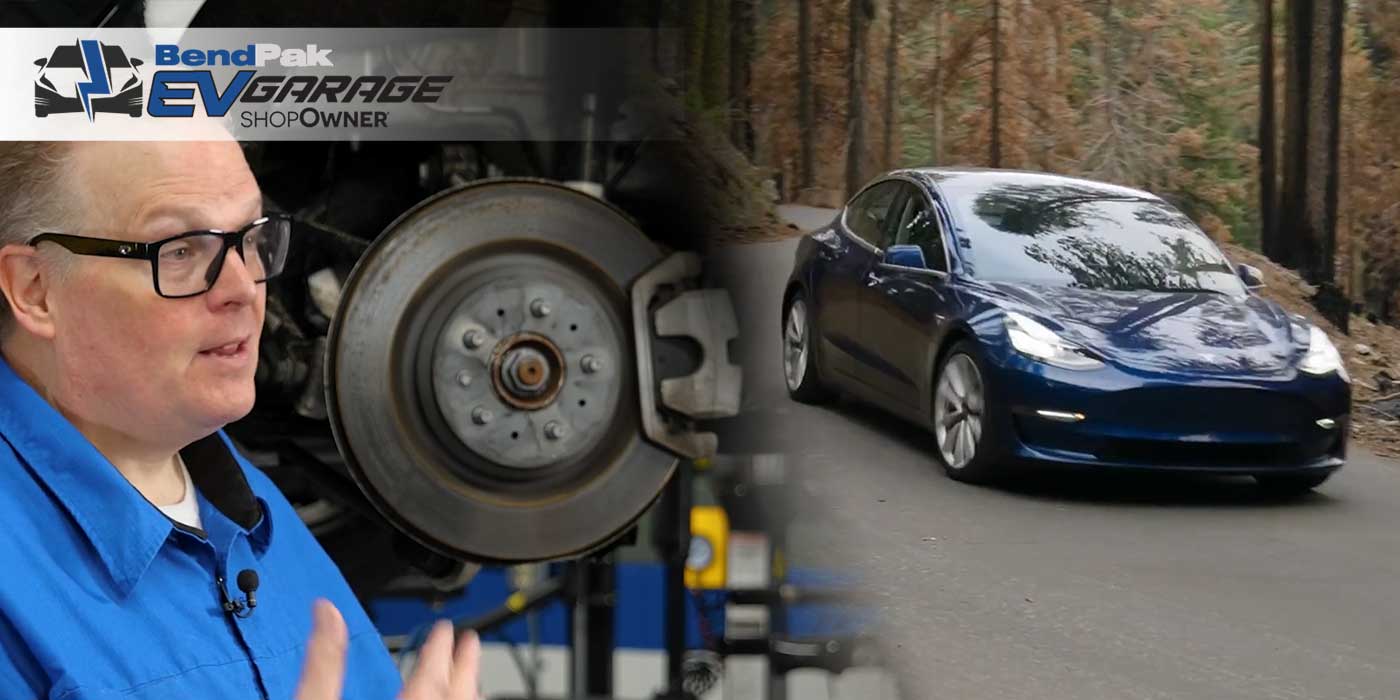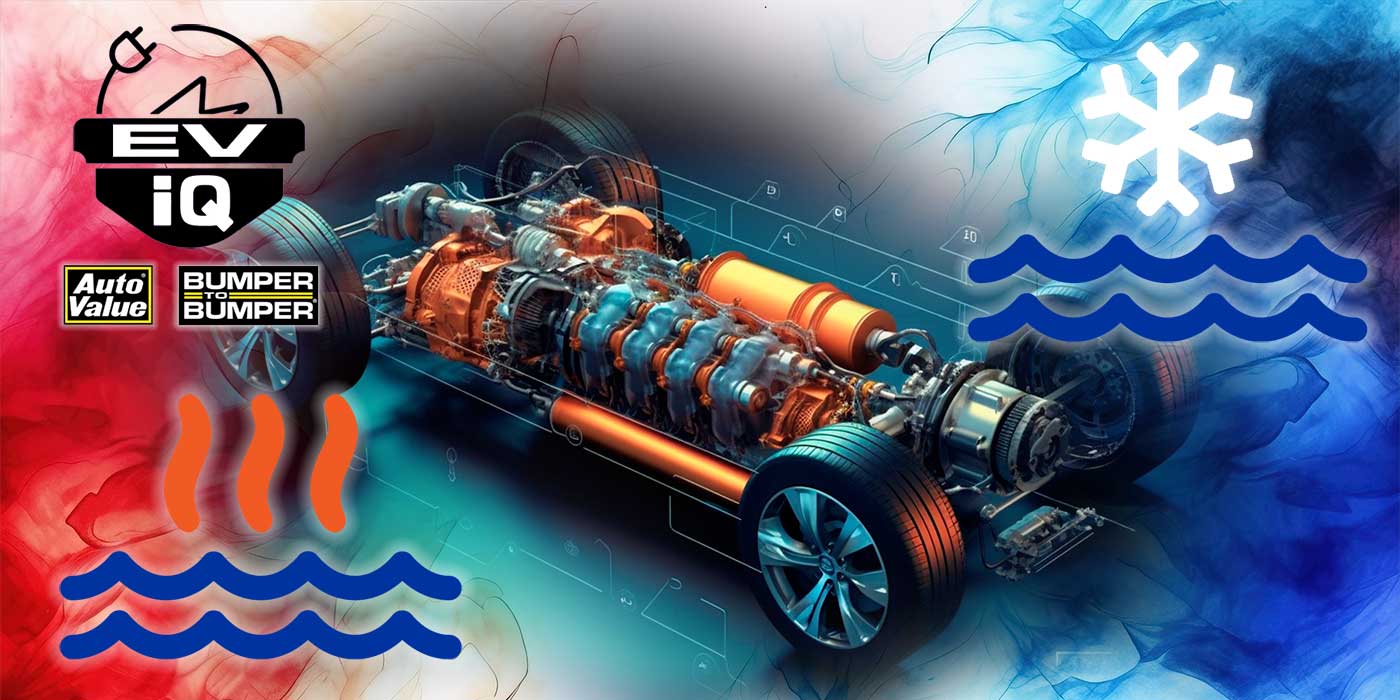Pickups are a big deal in the EV space because they oftentimes serve a dual purpose – they’re both a daily driver and a work truck, so they have broad appeal. That’s why you see media outlets like us swarming onto every tidbit released about vehicles like Tesla’s Cybertruck, Ford’s F-150 Lightning, GMC’s Hummer EV, Rivian’s R1T and GM’s Chevy Silverado EV.
And at this year’s CES show, we finally got our grubby hands on some of the Silverado EV details we’ve been craving, which will be available in two configurations – an RST First Edition and a fleet-oriented WT, or “Work Truck” model.
Just like the Hummer EV, the Silverado EV is being developed on GM’s Ultium Platform. GM tells us that it developed this platform to offer flexibility – meaning a variety of vehicles being developed by the company will work with it – and fast charging times.
The Silverado EV has been stamped with a GM-estimated 400-mile range on a full charge. The RST offers up to 664 hp and will put out 780 lb.-ft. of torque in available max power mode. GM believes the truck will go 0-60 in less than 4.5 seconds, and the RST features up to 10,000 lbs. of maximum trailering with up to 1,300 lbs. of payload.
The WT model will launch first for fleet customers and offer 510 hp and 615 lb.-ft. of torque. The WT will offer 8,000 lbs. of towing and 1,200 lbs. of payload. After initial launch, though, Chevrolet says it will introduce a fleet model with up to 20,000 lbs. max trailering with the max tow package.
Both models are also standard DC fast charging capable, up to 350kW, meaning drivers can add approximately 100 miles of range 10 minutes based on GM estimates.
When combined with the available accessory power bar, the Silverado EV’s PowerBase charging system offers up to 10 outlets, to provide a total of 10.2kW of power. The Silverado EV is also capable of charging another EV using the available charge cord if the need should arise.
From a work truck point of view, we’re looking at four-wheel steer capability, which reduces the turning radius at lower speeds for greater maneuverability, and enhances handling and stability at higher speeds, particularly when trailering.
Now to some of the more unique features:
GM says due to the front-end design, the Silverado EV WT is estimated to have one of the lowest drag coefficients of any available production full-size pickup truck, which is a big deal when it comes to extending range.
The Silverado EV will be offered exclusively in Crew Cab models, with a shorter front overhang. The second row has been pushed toward the rear, meaning, according to GM, passengers over 6 feet tall will be comfortable no matter where in the truck they sit.
And, of course, the RST model features that fixed-glass roof, a fun EV fad for sure.
Pricewise, customers will have the ability to order the truck across various price ranges, with MSRPs for the most part ranging between $50,000-$80,000 and more.
So, what about you, what are some of the features you’re looking forward to in this EV pickup? Let us know.













